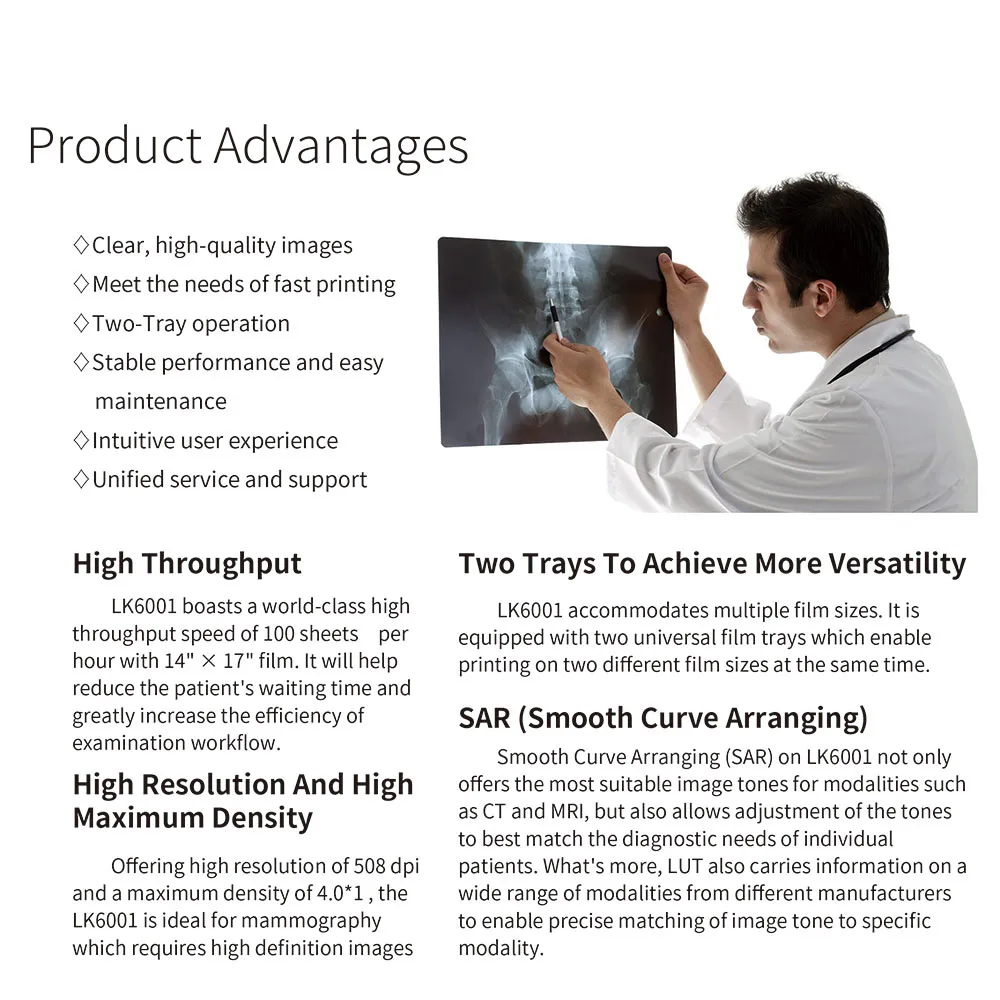



(which paper is used for photo printing)
Choosing the correct medium is crucial to achieving high-quality photo prints. The question of which paper is used for photo printing is not merely academic; it affects the longevity, color accuracy, and overall visual impact of finished photos. Photo printing paper must possess specific properties such as outstanding color reproduction, optimal thickness, and tailored chemistry for both inkjet and laser printing technologies. In this comprehensive guide, we analyze the technical details, compare leading manufacturers, offer customization strategies, explore diverse application cases, and summarize actionable insights to help readers make informed decisions.
Photo printing papers are engineered with advanced coatings and fiber compositions to deliver sharp images and vibrant colors. For inkjet printing, papers are typically categorized as either glossy, matte, luster, or pearl finishings. Each type offers unique reflective qualities and textural sensations. For example, RC (Resin-Coated) photo paper features a polyethylene layer on both sides of the base paper, resulting in quick-drying times and enhanced resistance to humidity and fingerprints. Microporous coatings used in premium inkjet papers allow rapid ink absorption, yielding a high Dmax (maximum black density) and broad color gamut. Acid-free and lignin-free substrates ensure prints resist fading for over 100 years under archival conditions, as confirmed by independent ISO 18909 (Wilhelm Imaging Research) results.
In comparison, dye-sublimation papers utilize specialized surface treatments that enable the transfer of dyes at high temperatures, ensuring precise color gradation and durability. Surface flatness, ink compatibility, and weight (typically measured in gsm, grams per square meter) are also critical considerations when evaluating what paper is used for photo printing. Some top-tier photo papers offer optical brighteners to enhance whiteness, though users should consider the trade-off between initial brightness and long-term color stability.
To provide a data-driven overview, the following table contrasts leading photo printing paper brands based on crucial technical and commercial factors:
| Brand | Paper Types | Weight Range (gsm) | Archival Rating (years) | Peak OBA Content | Average Cost (USD/A4 sheet) |
|---|---|---|---|---|---|
| Hahnemühle | Matte, Baryta, Photo Rag | 188-340 | 100+ | Low | 1.50 |
| Canon | Glossy, Luster, Satin | 200-300 | 100 | Medium | 0.70 |
| Epson | Glossy, Semi-Gloss, Matt | 180-300 | 80-100 | High | 0.65 |
| Ilford | Galerie Prestige, Smooth Pearl | 250-310 | 90-120 | Low | 1.10 |
| HP | Premium Plus, Advanced Glossy | 200-250 | 70-90 | Medium | 0.60 |
Not all photo printing projects have the same requirements. Professional studios, fine artists, and commercial printers often require paper that can be customized in size, coating, and substrate. Bulk orders can specify particular finishes (e.g., ultra-glossy or deep matte), and manufacturers provide sample packs to aid in pre-production testing. Custom branding (watermarks, logo embossing) on the reverse side of photo paper is becoming more common, particularly for limited edition prints.
Furthermore, the substrate (alpha cellulose vs. pure cotton rag) and surface texture (smooth vs. textured) can be matched to the requirements of galleries, museums, or discerning private collectors. Environmentally conscious projects may also request FSC-certified or recycled base materials without compromising print quality. For print labs dealing in high-footfall areas, anti-fingerprint and water-resistant coatings are added to minimize smudge risk and maximize lifespan. Ultimately, the flexibility to create bespoke paper aligns with brand integrity and specific use scenarios, expanding the definition of what paper is used for photo printing.
The variety in paper types enables specialized applications across industries. For example, wedding photographers favor luster or pearl papers for their tactile feel and fingerprint resistance; art galleries prefer giclée prints on 100% cotton rag papers for maximum color permanence; advertising agencies select high-gloss for impactful visuals in short-term promotions.
Case Study 1: A North American art reproduction studio transitioned from traditional RC papers to Hahnemühle Photo Rag 308 gsm for museum clients. The switch resulted in a 42% increase in repeat orders and print retention periods exceeding 90 years (per ISO tests), validating the impact of substrate choice on business outcomes.
Case Study 2: An urban event photography lab compared Epson Ultra Premium Glossy with HP Premium Plus for onsite printing. User surveys reflected a 27% higher satisfaction rate with Epson’s quicker drying time and vivid color depth, demonstrating how technological differences affect user experience in high-throughput scenarios.
These examples are underscored by empirical data, affirming the importance of matching paper properties with end-use requirements for optimal results.
Selecting the right photo printing paper involves more than just reviewing prices or brand names. Experts recommend:
Understanding which paper is used for photo printing requires balancing technical specifications, application needs, and cost considerations. From premium museum-grade rag papers to economic glossy photo sheets, each option offers distinct advantages and use cases. The combined effect of chemical coating, paper weight, substrate, and finish determines image vibrancy, longevity, and tactile experience. Manufacturer data, case studies, and technical standards all suggest that users can maximize print impact by aligning paper characteristics with their project’s objectives, delivering professional results whether for personal albums, exhibitions, or commercial advertising. As innovation in paper technology continues, staying informed ensures photo prints reach their fullest visual and archival potential.

(which paper is used for photo printing)
This is the first article
Lucky Medicinal Cold-Forming Composite Material
Comprehensive Guide To Color Photo Printing Technology: From Chemical Principles To Modern Processes
If you are interested in our products, you can choose to leave your information here, and we will be in touch with you shortly.






